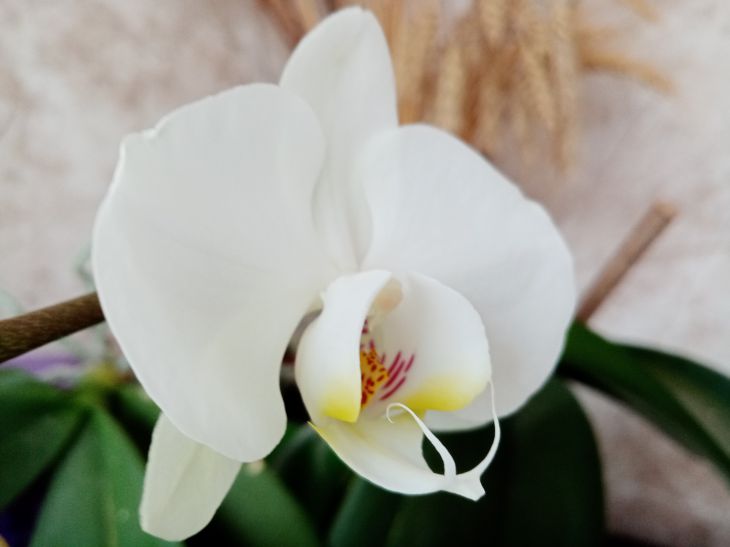The use of citric acid for houseplants is an effective method of improving their growth and development.
Experienced gardeners actively use this component to maintain the health of their green pets.
Azaleas and rhododendrons
Acid-loving plants of the heather family respond well to watering with a solution of citric acid.
Azaleas especially need an acidic environment for normal development. The solution is prepared at the rate of 1 gram of acid per liter of water, applied once a month.
Orchids
Beautiful orchids respond positively to acidification of the substrate. A weak solution of citric acid helps the plant to better absorb nutrients.

Watering is done once every two weeks, the concentration is 0.5 grams per liter of water.
Hydrangea
The garden beauty hydrangea, grown at home, requires acidic soil for the rich color of its inflorescences.
Regular use of citric acid solution helps maintain the required level of soil acidity.
Ferns
Various types of indoor ferns prefer slightly acidic soil.
Watering with a citric acid solution once a month helps to create optimal conditions for growth. The concentration of the solution should be minimal.
Violets
Usambara violets respond to soil acidification by increasing flowering.
The citric acid solution is used with caution, once every month and a half. It is important to monitor the plant's reaction to the procedure.
Benefits of citric acid
Regular use of the solution helps improve the absorption of iron by plants.
Citric acid helps dissolve hardness salts in the soil and prevents the formation of limescale on leaves when spraying.
Rules for preparing the solution
The concentration of the solution requires special attention. Overdosing can harm the plants.
The acid is dissolved in warm water and mixed thoroughly. Only freshly prepared solution should be used.
Signs of excess acidity
Careful observation of plants helps to notice problems in time.
Yellowing of leaves, slow growth, loss of turgor may indicate excessive acidification of the soil. If negative symptoms appear, stop using the acid.
Contraindications
Some plants do not tolerate increased soil acidity. Succulents, cacti, dracaenas do not need soil acidification.
Using citric acid on these plants can cause root rot.
Seasonal features of application
The frequency of using the solution depends on the time of year. During the period of active growth, plants are more receptive to fertilizing.
In winter, the number of waterings with the solution is reduced or temporarily stopped.








